Frequency Response
There are many factors that alter the frequency response of a recording, but while a decent digital recording system is quite flat from 20 Hz to 22 kHz (or more), many analogue systems exhibit a gentle rolling-off in higher frequencies through their usable range, and a more extreme drop-off at the high end.
Again, this varies with speed. Whether you use tape or vinyl, the recording and playback speed alters this significantly. Broadly speaking, higher speed equates to better high-frequency extension. (Interestingly, the speed of the needle relative to the groove on a 12-inch record is less than half its maximum by the time you get to the centre. This is why many mastering engineers avoid cutting grooves too close to the label.)
We can see (and hear) the effects by looking at this comparison of frequency response between the original digital recording and the cassette version of this cowbell sound:
The cassette version (in purple) is clearly more muffled in the high frequencies than the original digital recording (in orange).
Things improve in the top end when recording to a professional tape machine. In this case we’re dealing with the Studer A80. This is a classic professional reel-to-reel machine. The result is noticeably different to the cassette:
However, if we create a graph showing the difference between the digital and A80 versions you can see that there’s more than just a slight EQ roll-off going on:
We can see a similar effect if we compare the difference between a digital recording of a snare hit and a version of the same sound cut to vinyl:
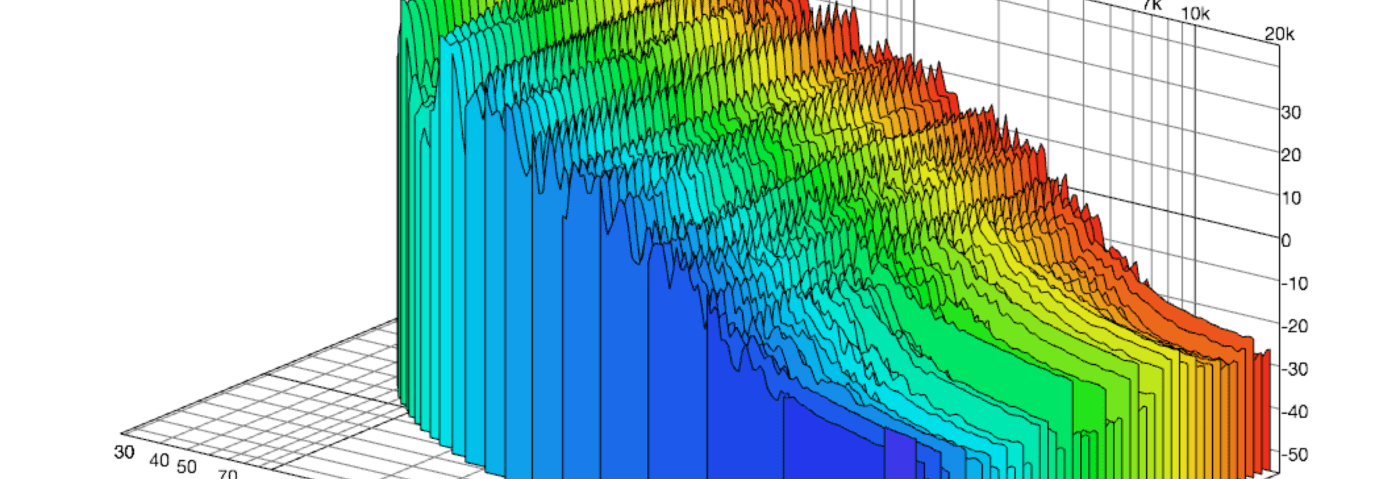
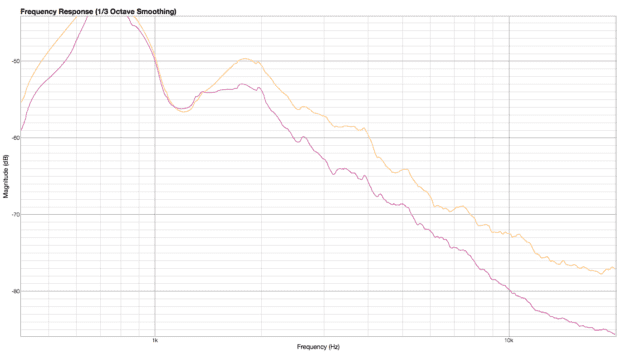
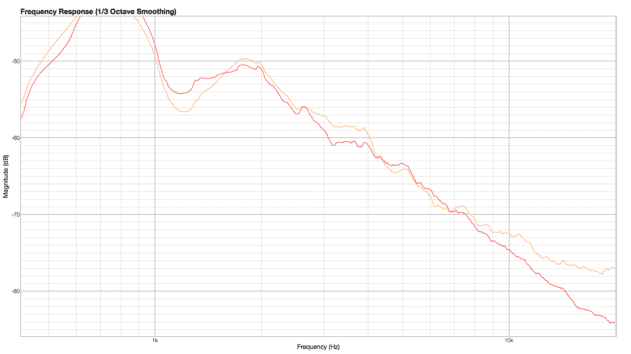
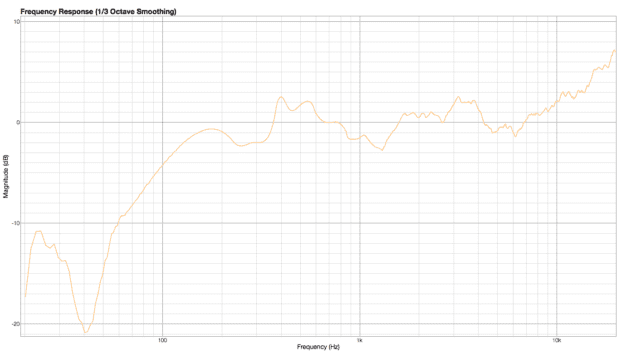
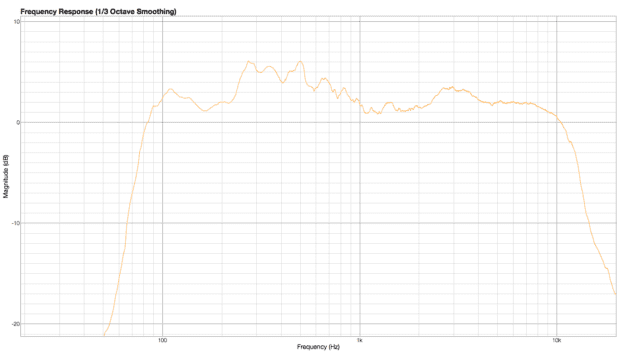
12.31 PM
Superbe Tipps!
I also Like the Studer A800 Plugin by UAD. I ll try this : Routing all Hi Hats to one Bus and insert the Studer Plugin =)
03.10 PM
Great article- I have been experimenting with Recording tracks to my Old TEAC Reel to Reel 1/2″ Tape . IMHO I’t’s a good halfway point between Cassete and a Pro Tape machine like a Studer. Probably cheaper to get a Plugin but decent old Reel to Reels can be had for little as 300.00 or les if you look hard.
02.27 AM
the bass a80 hot is played one octave below both other examples….
WHY?
10.00 AM
Same samples are also louder than others :/
02.07 PM
With this compendium, a good software developer could easily create the ultimate allround analogue plugin that contains all these characteristics in ONE PLUGIN – rather than having a seperate tape plugin, an analogue compressor plugin, a vintage preamp plugin etcetera
10.38 AM
Great article…
I’m not sure that the A80 Hot is an octave lower Johannes?
Also re: Paschalis comment – loudness will be altered by the saturation (and compression effect) of the processing – tape etc.
09.11 PM
That graph of ‘white noise’ looks more like Pink Noise since it’s a logarithmic scale and seems to show equal energy per octave. On a log scale, White noise will rise by 3dB per octave.
11.40 AM
If my analogue mixer had a response like the one on page 4, I’d throw it in the trash.
01.04 AM
being a virgin to audio on both forms of sound whether it be digital or analogue and on the cusp or transition to digital I’m definitely open to understanding both. I understand that sound is analogue to begin with but then needs to be recorded. Is it to my understanding that vinyl and tape are analogue. or are they turned to another format before made into tape or vinyl first. This is my quandary. if it is surely you’ll loose something from the recording or if this isn’t the case then analogue to analogue to analogue you lose nothing but add something like noise… etc